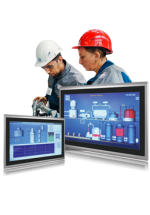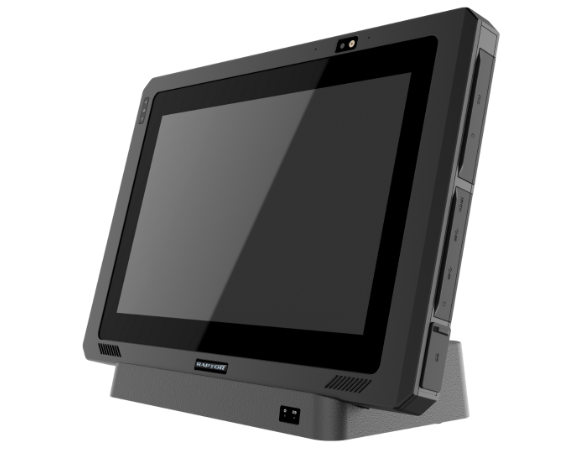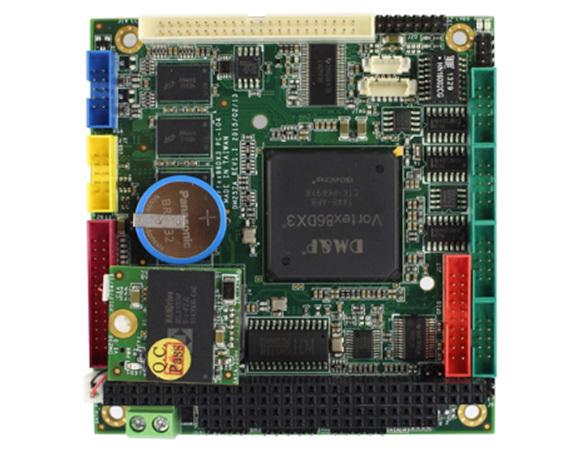The history of computers is a fascinating journey that spans centuries of innovation and progress. From the first rudimentary calculating devices to the powerful and interconnected machines of today, the story of computers is one of human ingenuity and creativity.
In this article, we will explore the history of computers, from the earliest mechanical devices to the modern computers that have revolutionised our lives.
The Origins of Computing
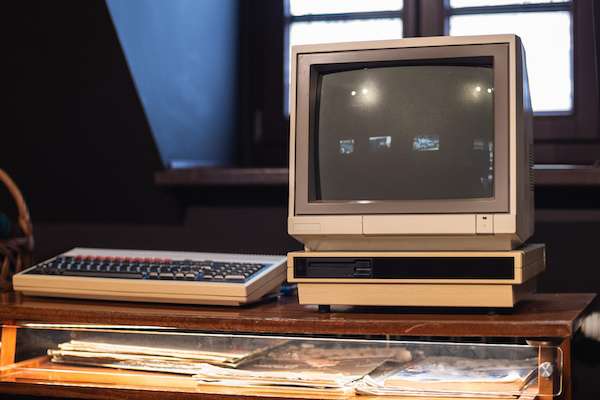 The earliest known device for performing mathematical calculations was the abacus, which dates back to ancient times. The abacus was a simple device consisting of a frame with rows of beads or stones that could be moved back and forth to represent numbers. It was widely used in Asia, Europe, and Africa until the adoption of the Hindu-Arabic numeral system and the development of more advanced calculating devices.
The earliest known device for performing mathematical calculations was the abacus, which dates back to ancient times. The abacus was a simple device consisting of a frame with rows of beads or stones that could be moved back and forth to represent numbers. It was widely used in Asia, Europe, and Africa until the adoption of the Hindu-Arabic numeral system and the development of more advanced calculating devices.
The next major advance in computing came in the 17th century with the invention of the mechanical calculator. The first mechanical calculator was created by the French mathematician Blaise Pascal in 1642. It was a simple device that could add and subtract two numbers with up to eight digits. Other inventors, such as Gottfried Wilhelm Leibniz, improved on Pascal’s design, creating more advanced calculators that could perform multiplication and division as well.
The Birth of Modern Computers
The true birth of modern computers came in the 19th century with the invention of the first programmable device. In 1801, the French inventor Joseph-Marie Jacquard created a loom that used punched cards to control the weaving of complex patterns. This was the first example of a machine that could be programmed to perform a specific task.
In the mid-19th century, Charles Babbage, an English mathematician, began work on a machine he called the Analytical Engine. The Analytical Engine was designed to be a general-purpose computing machine that could perform any mathematical operation. Although the Analytical Engine was never completed, it is considered the first design for a programmable computer.
The first practical computer was built in the 1930s by Konrad Zuse, a German engineer. Zuse’s computer, called the Z1, used binary code and punched tape to perform calculations. In 1941, Zuse built the Z3, which was the first fully functional programmable computer.
The Electronic Era
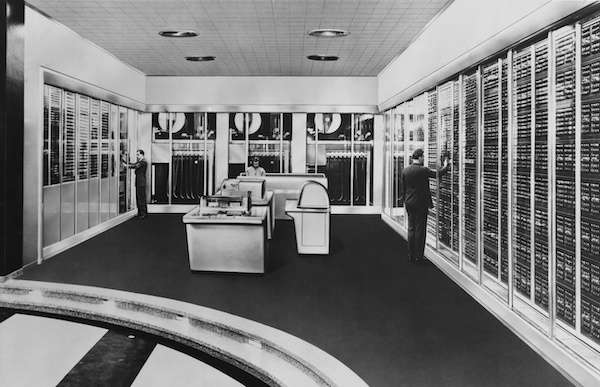 The electronic era of computing began in the late 1930s with the invention of the first electronic digital computer. In 1937, John Atanasoff and Clifford Berry developed the Atanasoff-Berry Computer (ABC), which used binary digits and electronic circuits to perform calculations. The ABC was not a general-purpose computer, but it laid the groundwork for the development of the first electronic general-purpose computer.
The electronic era of computing began in the late 1930s with the invention of the first electronic digital computer. In 1937, John Atanasoff and Clifford Berry developed the Atanasoff-Berry Computer (ABC), which used binary digits and electronic circuits to perform calculations. The ABC was not a general-purpose computer, but it laid the groundwork for the development of the first electronic general-purpose computer.
The first electronic general-purpose computer was the Electronic Numerical Integrator and Computer (ENIAC), which was built by John Mauchly and J. Presper Eckert in 1946. ENIAC used vacuum tubes to perform calculations and was capable of performing 5,000 additions per second. ENIAC was a huge breakthrough in computing technology and paved the way for the development of more advanced electronic computers.
In the 1950s, the first commercially available electronic computers were developed. IBM introduced the IBM 701, which was the first commercially successful electronic computer. The 701 was used for scientific calculations and business applications and was followed by a series of more advanced IBM computers in the 1950s and 1960s.
The Birth of Personal Computing
The birth of personal computing came in the 1970s with the development of the microprocessor. The microprocessor, which is a single-chip CPU, made it possible to build small, affordable computers that could be used by individuals. The first personal computer was the Altair 8800, which was introduced in 1975 by a company called MITS. The Altair was a build-it-yourself kit that used the Intel 8080 microprocessor and could run BASIC programming language. The Altair sparked a revolution in personal computing, and soon other companies like Apple and Commodore followed suit, introducing their own personal computers.
In 1981, IBM introduced the IBM PC, which was the first personal computer to gain widespread acceptance in the business world. The IBM PC used the Intel 8088 microprocessor and ran on the MS-DOS operating system. The success of the IBM PC led to the development of many other compatible computers, which together became known as the PC market.
The Rise of the Internet and Mobile Computing
The 1990s saw the rise of the internet and mobile computing. The World Wide Web, which was invented by British computer scientist Tim Berners-Lee in 1989, became widely accessible to the public in the mid-1990s. The internet revolutionised communication and made it possible for people all over the world to connect and share information.
In the late 1990s, the first smartphones were developed. The IBM Simon, which was introduced in 1993, is considered the first smartphone. The Simon had a touchscreen display, could send and receive faxes and emails, and had several apps. However, it was too expensive and too ahead of its time to become popular.
The first commercially successful smartphone was the BlackBerry, which was introduced in 1999. The BlackBerry was popular with businesspeople because it allowed them to send and receive emails on the go. The BlackBerry was followed by the iPhone in 2007, which revolutionized the smartphone industry with its intuitive touch-based interface and the App Store.
The Future of Computing
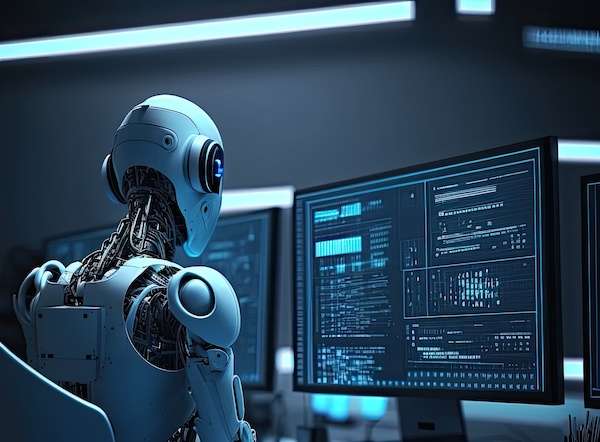 In today’s world computers are an integral part of our daily lives, and their role is only set to expand further in the future. We can expect computers to become more powerful, more interconnected, and more ubiquitous in the coming years.
In today’s world computers are an integral part of our daily lives, and their role is only set to expand further in the future. We can expect computers to become more powerful, more interconnected, and more ubiquitous in the coming years.
One of the biggest trends in computing today is the rise of artificial intelligence (AI). AI is already being used in a wide range of applications, from voice assistants like Siri and Alexa to self-driving cars and drones. As AI technology continues to evolve, we can expect it to have an even bigger impact on our lives, transforming everything from healthcare to finance to transportation.
Another trend in computing is the development of quantum computers. Quantum computers are fundamentally different from traditional computers, using the principles of quantum mechanics to perform calculations. Quantum computers have the potential to revolutionize fields such as cryptography, materials science, and drug discovery.
The history of computers is a story of human ingenuity and innovation. From the earliest calculating devices to the powerful computers and smartphones of today, computing technology has changed the way we live, work, and communicate. As computing technology continues to evolve, we can expect it to have an even bigger impact on our lives in the years to come.
At DSL, we are always interested in what the future of computing might bring and with recent developments it does look like we are heading for some incredibly exciting times.

